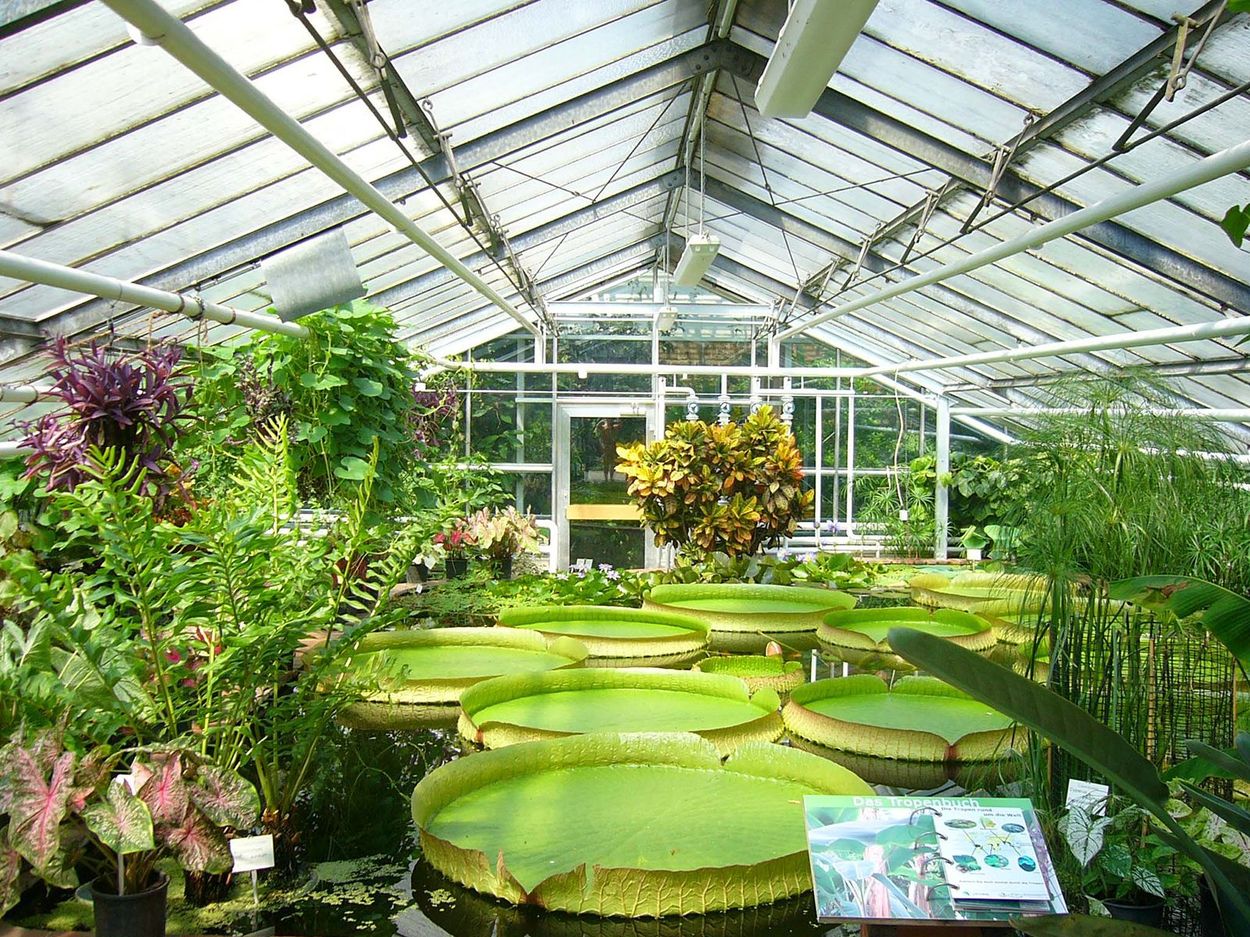
Greenhouses are more than just glass structures filled with plants. They play a crucial role in modern agriculture and gardening. But what makes them so special? Greenhouses create a controlled environment that allows plants to thrive regardless of outside weather conditions. This means fresh vegetables, fruits, and flowers can be grown year-round. Did you know that the concept of greenhouses dates back to ancient Rome? They used rudimentary methods to protect plants from the cold. Today, greenhouses come in various shapes and sizes, from small backyard setups to massive commercial operations. Why are they so effective? The answer lies in their ability to trap heat and light, creating an ideal growing environment. This blog post will uncover 26 fascinating facts about greenhouses, shedding light on their history, benefits, and innovations.
What is a Greenhouse?
A greenhouse is a structure designed to grow plants by creating a controlled environment. These structures can vary in size from small sheds to large industrial buildings. They help regulate temperature, humidity, and light to optimize plant growth.
- The concept of greenhouses dates back to Roman times when Emperor Tiberius used a primitive greenhouse to grow cucumbers year-round.
- The first modern greenhouse was built in Italy during the 13th century.
- Greenhouses are often made from glass or plastic to allow sunlight to enter while trapping heat inside.
- They can be used to grow a wide variety of plants, including flowers, vegetables, and fruits.
- Greenhouses help protect plants from extreme weather conditions like frost, wind, and heavy rain.
How Do Greenhouses Work?
Greenhouses work by trapping heat from the sun inside the structure. This creates a warm environment that is ideal for plant growth. The transparent walls and roof allow sunlight to enter, which heats the air and soil inside.
- The trapped heat helps maintain a consistent temperature, even during cold weather.
- Greenhouses can be equipped with ventilation systems to prevent overheating.
- Some greenhouses use artificial lighting to supplement natural sunlight, especially during winter months.
- Humidity levels can be controlled using misting systems or humidifiers.
- Greenhouses can also be equipped with heating systems to maintain optimal temperatures during the night or in colder climates.
Benefits of Using a Greenhouse
Using a greenhouse offers numerous benefits for both amateur gardeners and professional farmers. These structures provide a controlled environment that can significantly improve plant growth and yield.
- Greenhouses extend the growing season, allowing plants to be grown year-round.
- They protect plants from pests and diseases that are common in outdoor gardens.
- Greenhouses can increase crop yields by providing optimal growing conditions.
- They allow for the cultivation of exotic plants that may not thrive in the local climate.
- Greenhouses can reduce water usage by using efficient irrigation systems.
Types of Greenhouses
There are several different types of greenhouses, each designed for specific purposes and climates. The choice of greenhouse depends on factors like the type of plants being grown, the local climate, and the available space.
- Lean-to greenhouses are attached to an existing building and share one wall with the structure.
- Freestanding greenhouses are standalone structures that can be placed anywhere in the garden.
- Hoop houses are simple, low-cost greenhouses made from flexible pipes covered with plastic sheeting.
- Cold frames are small, unheated greenhouses used to protect seedlings and young plants.
- Commercial greenhouses are large, industrial structures used for mass production of crops.
Interesting Facts About Greenhouses
Greenhouses have a rich history and play a crucial role in modern agriculture. Here are some interesting facts that highlight their importance and versatility.
- The largest greenhouse in the world is the Eden Project in Cornwall, England, which covers more than 30 acres.
- Greenhouses can be used to grow plants in extreme environments, such as deserts and polar regions.
- Some greenhouses are equipped with automated systems that control temperature, humidity, and lighting.
- Greenhouses can be made from recycled materials, making them an eco-friendly option for gardeners.
- The use of greenhouses has been shown to reduce the carbon footprint of food production by increasing efficiency and reducing waste.
- Greenhouses can be used for educational purposes, teaching students about plant biology and sustainable agriculture.
The Power of Greenhouses
Greenhouses are more than just glass structures. They play a crucial role in modern agriculture. By controlling temperature, humidity, and light, greenhouses create optimal conditions for plant growth. This means more food can be grown year-round, regardless of outside weather.
They also help conserve water and reduce the need for pesticides. This makes them an eco-friendly option. Plus, greenhouses can be used to grow exotic plants that wouldn't survive in certain climates.
From small backyard setups to massive commercial operations, greenhouses are versatile. They support local food production, reduce transportation emissions, and can even be a fun hobby.
Understanding these facts about greenhouses highlights their importance in sustainable living. So next time you see one, remember all the benefits they bring to our world.
Was this page helpful?
Our commitment to delivering trustworthy and engaging content is at the heart of what we do. Each fact on our site is contributed by real users like you, bringing a wealth of diverse insights and information. To ensure the highest standards of accuracy and reliability, our dedicated editors meticulously review each submission. This process guarantees that the facts we share are not only fascinating but also credible. Trust in our commitment to quality and authenticity as you explore and learn with us.
